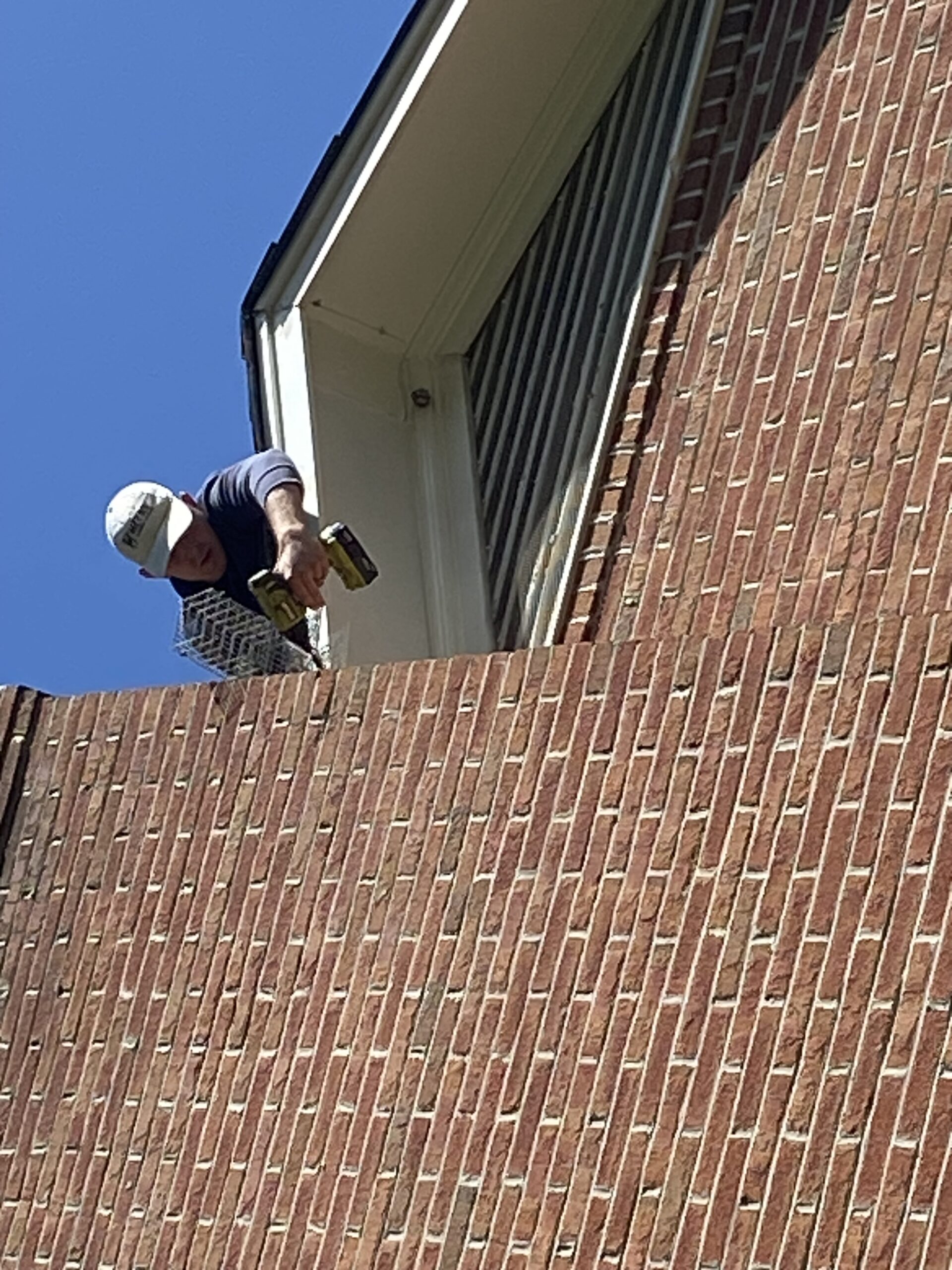What is the most humane way to get rid of moles?
===
When we think about wildlife intruders in our garden, moles are likely to come to mind. These small, burrowing mammals can cause significant damage to lawns and gardens with their tunneling activities. Understanding their habits and finding the most humane way to control them is essential in maintaining a balanced ecosystem. In this article, we discuss the life cycles and habits of moles and explore effective and humane methods for their control. For professional assistance, you can check out the mole removal services offered at Metro Wildlife Control.

Understanding Moles: Habits and Lifecycles
Moles are small mammals known for their exceptional digging capabilities. They are solitary creatures, spending most of their lives underground in complex tunnel systems. They primarily feed on earthworms, but also consume other invertebrates found in the soil. Moles are most active during spring and fall when the soil is damp and easier to navigate.
In terms of reproduction, moles typically breed once a year. The gestation period lasts about a month, after which a litter of 3 to 5 young is born. After a few weeks, the young leave the nest to establish their own territories. Understanding these habits and life cycles can help homeowners time their control efforts for maximum effectiveness.

Effective, Humane Methods for Mole Control
Controlling moles in a humane manner is a balance between preventing damage to your property and respecting the role of moles in the ecosystem. One such method is using castor oil-based repellents. These products, when sprayed on the lawn, make the soil unpalatable to moles, encouraging them to move elsewhere.
Another humane method is trapping and relocation. This should be performed by professionals to ensure the moles’ safety and effective relocation. If you choose to use this method, ensure the traps are checked daily to prevent any unnecessary suffering to the captured mole.
Lastly, habitat modification can also discourage moles. This can involve reducing watering so that the soil becomes less attractive to moles and their earthworm prey, or removing their food source such as grubs and worms from your garden.

===
In conclusion, while moles might be a nuisance to homeowners, it is important to remember that they play an important role in soil aeration and control of harmful insects. By understanding their habits and life cycles, and employing effective, humane control methods, we can coexist peacefully with these creatures while preserving the beauty of our gardens and lawns. For professional help, don’t hesitate to contact Metro Wildlife Control.
